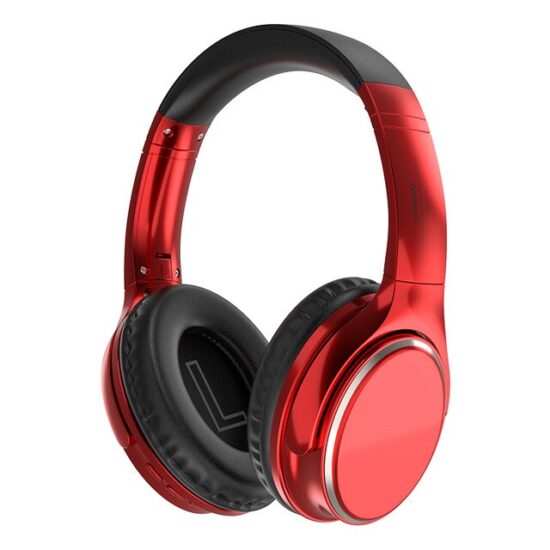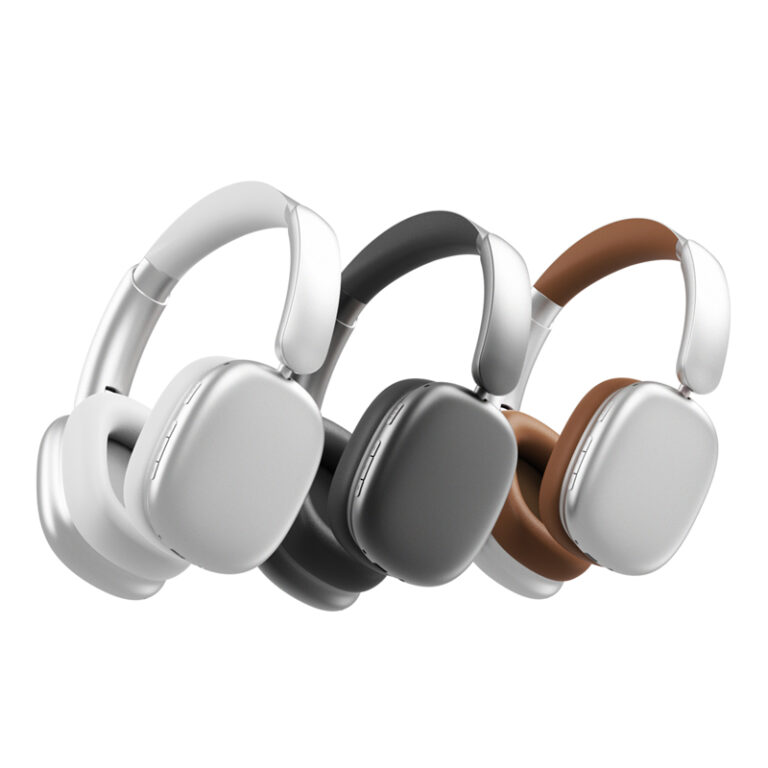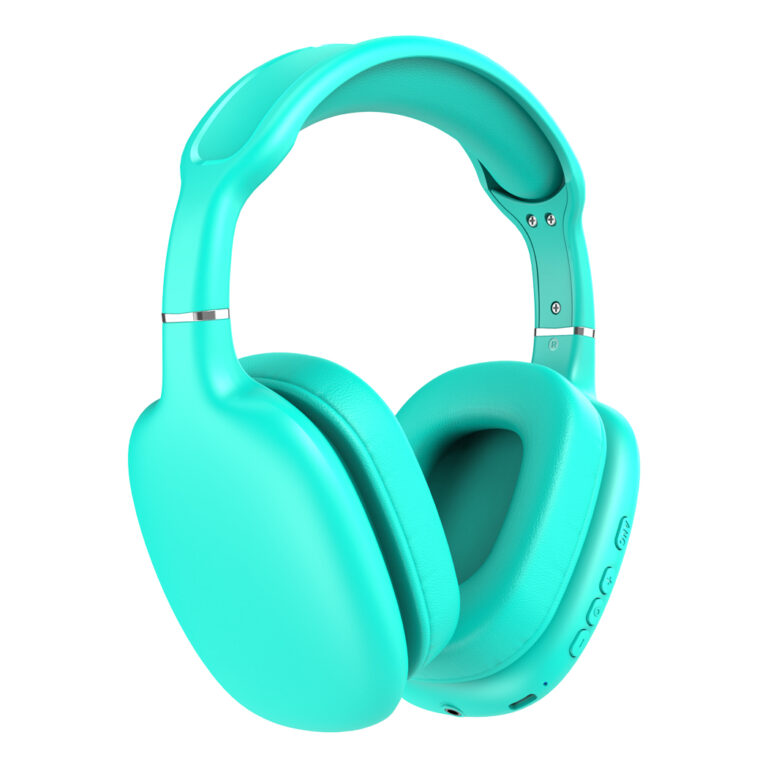jay@nbdho.com
Applications of Over-Ear Headphones in Modern Education Settings
Over-ear headphones have become essential tools in modern education, enhancing the learning experience across various settings and age groups. Their design, which offers comfort and superior sound isolation, makes them ideal for students and educators alike, supporting concentration, engagement, and accessibility.
One of the primary applications of over-ear headphones in education is improving focus during study sessions or classroom activities. In noisy environments, such as open classrooms or libraries, these headphones help students block out distractions, enabling better absorption of lessons and study materials. This feature is particularly beneficial for students with attention difficulties or sensory processing challenges.
Language learning is another critical area where over-ear headphones prove valuable. With high-quality audio reproduction, they allow learners to hear clear pronunciations and subtle linguistic nuances, essential for mastering foreign languages. Many language labs and e-learning platforms integrate over-ear headphones to deliver immersive auditory lessons, improving listening skills and speaking confidence.
Accessibility is significantly enhanced by using over-ear headphones in educational institutions. For students with hearing impairments, specialized headphones can amplify sound and reduce background noise, creating a personalized auditory experience that aids comprehension. Additionally, these headphones facilitate the use of assistive technologies, such as text-to-speech or audio description tools.
In remote and hybrid learning environments, over-ear headphones support effective communication during virtual classes. Their noise-canceling capabilities ensure clear audio input and output, minimizing disruptions during discussions and lectures. This improves interaction between teachers and students, maintaining engagement despite physical distance.
Over-ear headphones also encourage interactive learning through multimedia resources. Whether listening to educational podcasts, watching instructional videos, or participating in virtual labs, students benefit from immersive sound that reinforces learning. Teachers can assign audio-based homework or projects, knowing students have access to quality headphones.
Durability and comfort are crucial for educational settings, where headphones may be used for extended periods or shared among multiple users. Many manufacturers produce over-ear headphones with adjustable headbands, cushioned ear pads, and robust materials to withstand daily wear while ensuring comfort.
In summary, over-ear headphones serve multiple important functions in education—from enhancing concentration and language acquisition to improving accessibility and supporting modern teaching methods. Their adaptability makes them indispensable tools in fostering inclusive, effective, and engaging learning environments.





